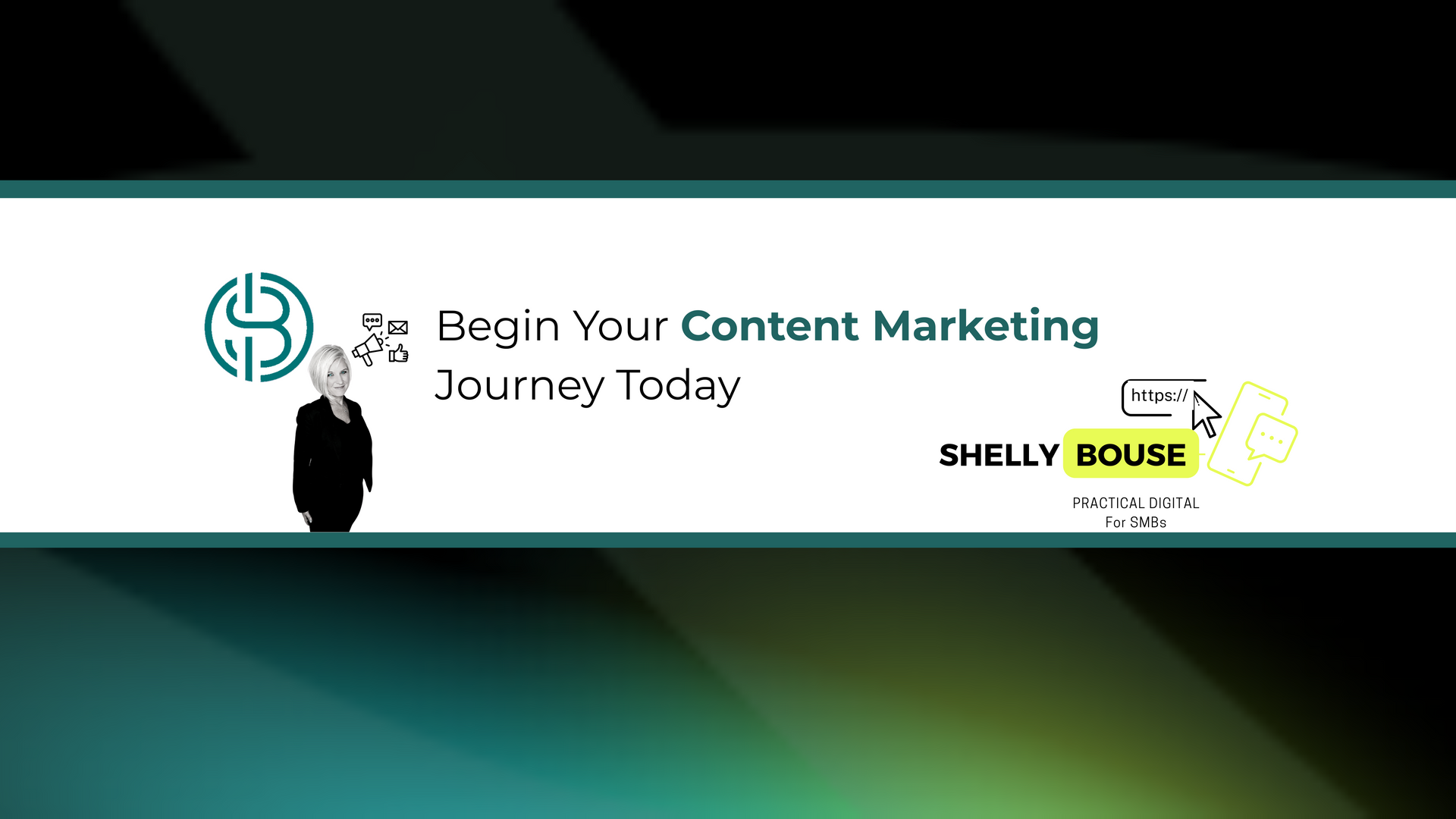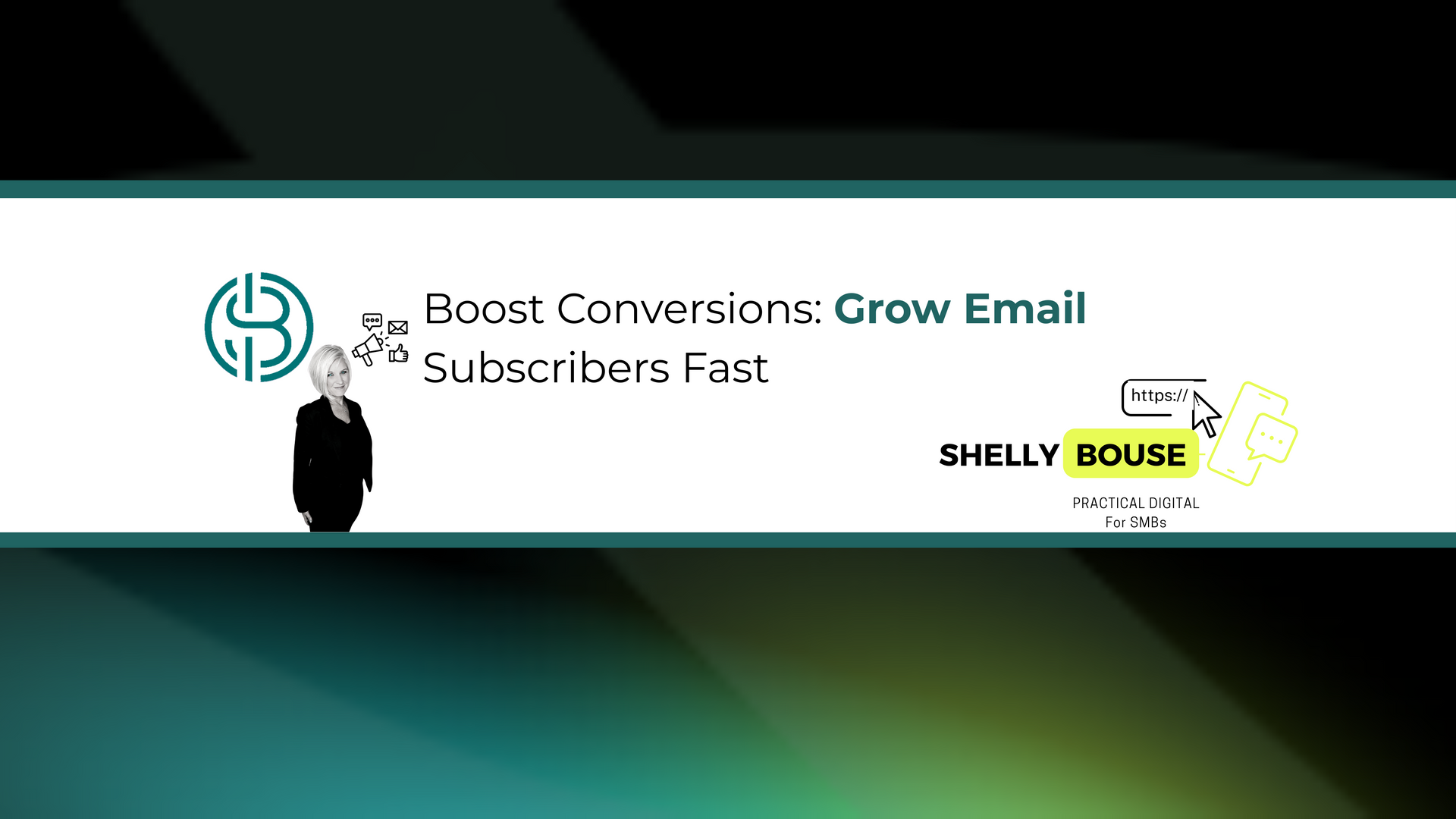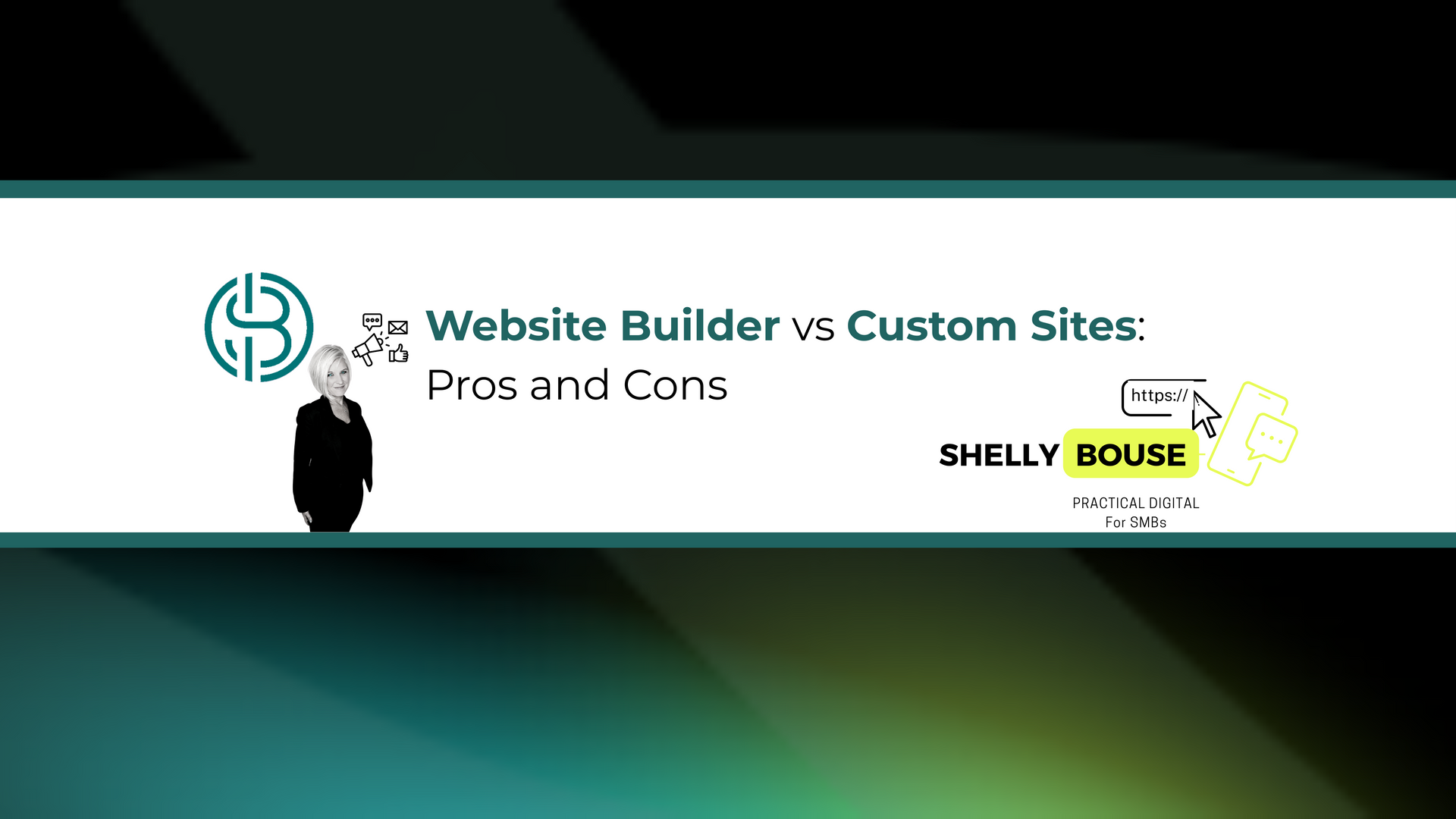Mastering E-mail Marketing Strategy: Essential Tips
Shelly Bouse • April 14, 2025
Maximizing Your E-mail Marketing Strategy

Key Highlights
- Targeted Communication: Reach the right groups by sending personalized messages.
- Cost-Effective Solution: Email marketing gives you a good return on your investment when compared to traditional ways.
- Measurable Results: Keep an eye on important numbers like open rates and click-through rates to see how your campaign is doing.
- Automation Capabilities: Make your work easier with automated processes and emails that trigger actions.
- Relationship Building: Build trust and loyalty with customers by providing regular, helpful communication.
- Increased Revenue: Boost sales by promoting products, giving discounts, and sharing interesting content.
Understanding the Fundamentals of Email Marketing
Email marketing is a flexible way to reach people directly using electronic communication. Unlike social media, where messages compete for attention, emails allow a clearer and more personal connection with your audience.
Email marketing is a strong marketing tool. It helps businesses build relationships with potential customers, promote products or services, and keep their brand in the minds of their customers. With email marketing, businesses can target their messages better. They can divide their audience into groups and send content that matches what people want and need.
The Evolution of Email as a Marketing Tool
The story of email starts as a simple way to talk but grows into a strong tool for marketing. It began in 1971 when Ray Tomlinson sent the first electronic message. Then, in 1978, Gary Thuerk, a marketing manager at Digital Equipment Corp, saw how email could help with marketing.
He sent the first commercial email to 400 people to promote a new product. This first campaign brought in great sales, showing how email could reach potential customers easily. As the internet became easier to use in the 1990s, email marketing became more popular and changed with new technology. Today, we see advanced strategies in email marketing. But with this growth, spam became a problem too. This led to rules like the UK's Data Protection Act to keep users safe.
Key Components of Effective Email Marketing Campaigns
Effective email marketing needs careful thinking about different parts. First, it's important to have a good email list. This helps make sure that the right people receive the right emails. You also need a strong subject line to catch attention. A great subject line should be short, interesting, and connected to the content.
Moreover, it's vital to include a clear call to action. This helps guide readers towards what you want them to do, like visiting your website, buying something, or signing up for an event. You must also avoid spam filters. To do this, get clear permission from your subscribers and use trusted email marketing services.
Crafting Your Email Marketing Strategy
A clear email marketing strategy is very important. It helps you reach more people and meet your marketing goals. Before you click 'send', make sure you know what you want to achieve, who your target audience is, and create engaging content that fits their needs.
First, write down your goals. Do you want to boost brand awareness, increase sales, or share news about upcoming events? After you know your goals, you can adjust your messages to match these aims.
Setting Clear Objectives and Goals
Before starting any email marketing campaign, you need to set your goals. What do you want to achieve? Are you trying to get more leads, boost sales, promote upcoming events, or raise brand awareness?
By having clear goals , you can adjust your marketing automation efforts, messages, and calls to action. For example, if you want to promote a new product, your emails should highlight its features and benefits. You could also offer a special discount or free shipping to encourage people to buy.
Identifying Your Target Audience
Understanding your target audience is very important for creating good email campaigns. Who are the right people you want to reach? Think about their age, interests, and what they like to buy.
By finding out who your ideal customers are, you can change your email content, tone , and calls to action to fit their needs. Dividing your audience based on these details helps you send more focused messages. This can improve your chances of getting conversions. Remember, reaching the right people with the right message is crucial for success in email marketing.
Segmenting Your Email List for Personalized Campaigns
Segmentation is a key part of email marketing. It means breaking your email list into smaller groups. These groups share things in common, like age, past buying habits, interests, or how they interact with your emails.
When you segment your list, you can send focused and personal emails. This way, you can share special offers, discounts, or content that match what each group likes. This leads to better engagement and more sales. Use your contact management system to easily break down your list.
This will help you get the most out of your email marketing.

Designing Compelling Email Content
The success of your email marketing relies on how well you grab your audience's attention and provide content they care about. You need to write catchy subject lines that make people want to open your emails. The design should also look good, as every part is important.
Keep in mind that your email content should be helpful, interesting, and valuable to your subscribers.
The Anatomy of a Successful Marketing Email
A good marketing email is not just about selling. It is a carefully written message meant to connect with, inform, and get your subscribers to act. A catchy subject line is the first part. It builds interest and makes people want to open the email.
The main part of the email should offer helpful content. This could be showing the benefits of a new product, telling about free shipping, or sharing interesting insights for your audience. Use clear and simple words with nice visuals like images and videos to get people engaged. Lastly, a strong call to action helps guide readers to what you want them to do. This could be buying something, visiting your website, or learning more about your services.
Writing Subject Lines That Drive Open Rates
In a busy inbox, the subject line is your chance to make a good idea. A strong subject line can decide if an email gets opened or ignored. It's important to make it interesting, relevant, and tailored to what your audience likes.
You can also increase your open rates by creating urgency or exclusivity. For example, you might offer time-sensitive discounts or early access to new products. Keep in mind that your subject line is a promise to your readers. It should clearly show what your email is about and meet the expectations you create.
Best Practices for Email Layout and Design
Visual appeal is important. A good email layout can greatly improve how people engage with and read your content. Use a clean layout that helps guide the reader through the email easily. Headings and subheadings are useful. They can break up large pieces of text, making it simpler to understand.
Choose fonts that are easy to read and fit your brand well. Add images, videos, or GIFs carefully. This can boost engagement but should not confuse the reader.
Lastly, think about mobile responsiveness. Make sure your email looks great on all screen sizes for a smooth experience.
Leveraging Automation in Email Marketing
In today's quick-moving digital world, automation is very important for businesses. It helps them improve their marketing and work better.
With email marketing automation, you can send messages to the right people at the right time. This means you can care for leads more easily and save time. You can then use that time to focus on other parts of your business.
Tools and Platforms for Automating Your Emails
Many email marketing platforms, like Mailchimp, have strong automation features. These tools help you set up automated workflows based on certain actions. For example, these actions could be when someone signs up for your newsletter, leaves something in their cart, or makes a purchase.
With workflow automation, you can send a series of personal emails. These emails help nurture leads, welcome new customers, or bring back inactive subscribers. Also, these platforms give you important insights through analytics and reporting. You can track key metrics, measure how well your campaign does, and use data to improve your strategy.
Setting Up Triggered Emails for Engagement
Triggered emails are a great tool in marketing automation. They help you send messages at the right time based on what your subscribers do. For instance, you can create a welcome email series.
This will greet new subscribers and give them important information. It helps build a strong relationship over time.
You can also send emails to remind people about items in their online cart. This way, you can help shoppers remember what they wanted. Offer them incentives like free shipping or discounts to encourage them to finish their purchase. By using triggered emails wisely, you can improve customer engagement, increase sales, and make your marketing automation efforts more successful.

Measuring and Analyzing Email Marketing Performance
Measuring and analyzing how well your email marketing is doing is very important. It helps you improve your marketing strategy and get better returns on your investment. When you track important metrics, you can find weak spots and make smart changes to boost your campaigns.
Keep in mind that email marketing is not something you can just set up and forget about. You need to keep an eye on it and tweak your approach to get the best results.
Key Metrics to Track and Improve
To check how well your email marketing is working, you should keep an eye on important metrics. Open rates show how interesting your subject lines are. Click-through rates tell you how well your calls to action and email content are performing.
Conversion rates are key to watch, too. They show how well your emails lead to things like purchases or event sign-ups. Also, tracking your unsubscribe rates can help you find problems with your content or how often you send emails. By looking at these metrics, you can see where to improve and make your strategy work better.
Using A/B Testing to Refine Your Strategy
A/B testing can really help improve your email marketing strategy. It works by sending two slightly different types of an email to a small group of your audience. This lets you see which one works better. You can try out different parts, like subject lines, email designs, calls to action, and even when you send the emails.
When you check the results, you'll learn what your audience likes more. For example, testing different subject lines can show you what words get more open rates. At the same time, trying out different call-to-action buttons can tell you which ones lead to more clicks and sales. Using the best options can make a big difference in how well your campaigns work and improve your overall content marketing results.
In conclusion, grasping your email marketing strategy is important. It requires knowing the basics, creating unique content, using automation, and checking performance scores. With clear goals, focused audience groups, attractive designs, and automation tools, you can boost engagement and sales. Don’t forget to track the right metrics, perform A/B testing, and follow the rules for successful campaigns. To improve your email marketing efforts, contact us for personalized advice and solutions. Take your email marketing to the next level and connect with your audience well to reach your business goals.
Finding the right time to send your email newsletter depends on the people you reach and what you share. The goal is to keep it top of mind without making them feel bombarded. You can begin by sending it weekly or every two weeks. After that, change the frequency based on how the audience responds and what they say.
There isn’t a perfect hour that brings the best open rates for all emails. The best time to send emails depends on your target audience, the kind of industry you are in, and how often they check their emails. You should try different times and look at your data. This can help you find what works best for your subscribers.
To attract potential customers to your subscription form, offer something valuable. This could be exclusive content, discounts, or free resources. In return, ask for their email address. Promote your newsletter sign-up on social media. You can also think about using pop-ups in key spots on your website.
Yes! Using email marketing together with social media, content marketing, and paid ads can help you reach more people. This can also boost your marketing return on investment (ROI). Make sure to promote your email sign-up through different channels to grow your list.
Email marketers need to pay attention to the laws like GDPR (General Data Protection Regulation) and CAN-SPAM. These rules explain how to get permission, give options to unsubscribe, and protect the privacy of your subscribers' data.
GDPR and CAN-SPAM are important rules for email marketing. GDPR is for businesses that work in or aim at people in the European Union. CAN-SPAM deals with commercial emails sent in the United States. It is very important to follow these rules. Doing so helps you avoid legal problems and keeps your sender reputation strong.
Frequently Asked Questions
How often should I send marketing emails to my subscribers?
Finding the right time to send your email newsletter depends on the people you reach and what you share. The goal is to keep it top of mind without making them feel bombarded. You can begin by sending it weekly or every two weeks. After that, change the frequency based on how the audience responds and what they say.
What is the best time to send emails for maximum engagement?
There isn’t a perfect hour that brings the best open rates for all emails. The best time to send emails depends on your target audience, the kind of industry you are in, and how often they check their emails. You should try different times and look at your data. This can help you find what works best for your subscribers.
How can I grow my email list organically?
To attract potential customers to your subscription form, offer something valuable. This could be exclusive content, discounts, or free resources. In return, ask for their email address. Promote your newsletter sign-up on social media. You can also think about using pop-ups in key spots on your website.
Can email marketing be integrated with other digital marketing strategies?
Yes! Using email marketing together with social media, content marketing, and paid ads can help you reach more people. This can also boost your marketing return on investment (ROI). Make sure to promote your email sign-up through different channels to grow your list.
How do I ensure my emails don’t end up in the spam folder?
- Stick to spam act rules by putting your company name and a physical address in the email footer.
- Encourage people to add your email address to their contact list. This helps your emails get delivered better.
- Most importantly, don’t use spammy language. Always ask for clear permission before sending marketing emails.
Navigating Legal Compliance in Email Marketing
Email marketers need to pay attention to the laws like GDPR (General Data Protection Regulation) and CAN-SPAM. These rules explain how to get permission, give options to unsubscribe, and protect the privacy of your subscribers' data.
Understanding GDPR and CAN-SPAM Regulations for Email Marketers
GDPR and CAN-SPAM are important rules for email marketing. GDPR is for businesses that work in or aim at people in the European Union. CAN-SPAM deals with commercial emails sent in the United States. It is very important to follow these rules. Doing so helps you avoid legal problems and keeps your sender reputation strong.











